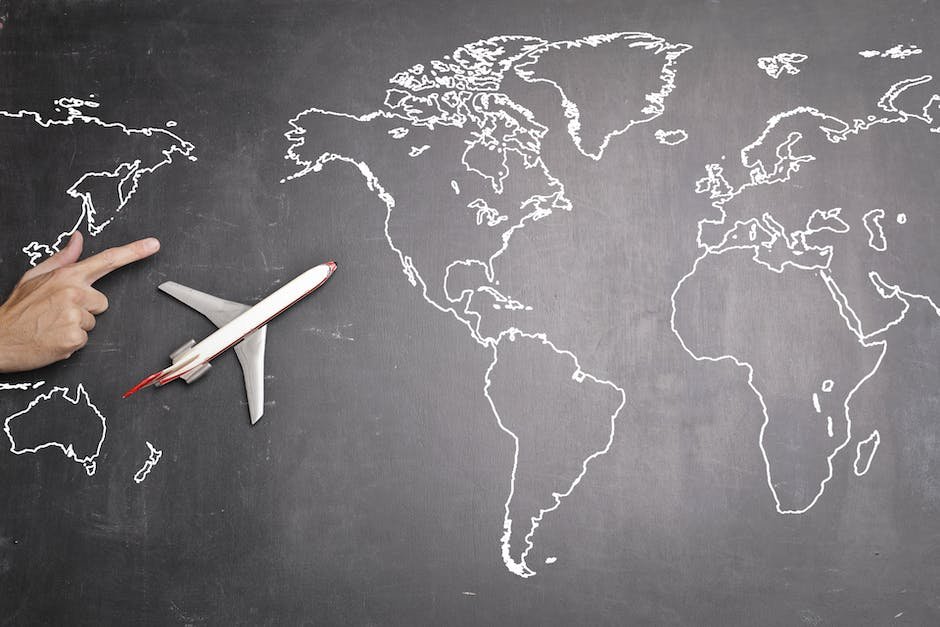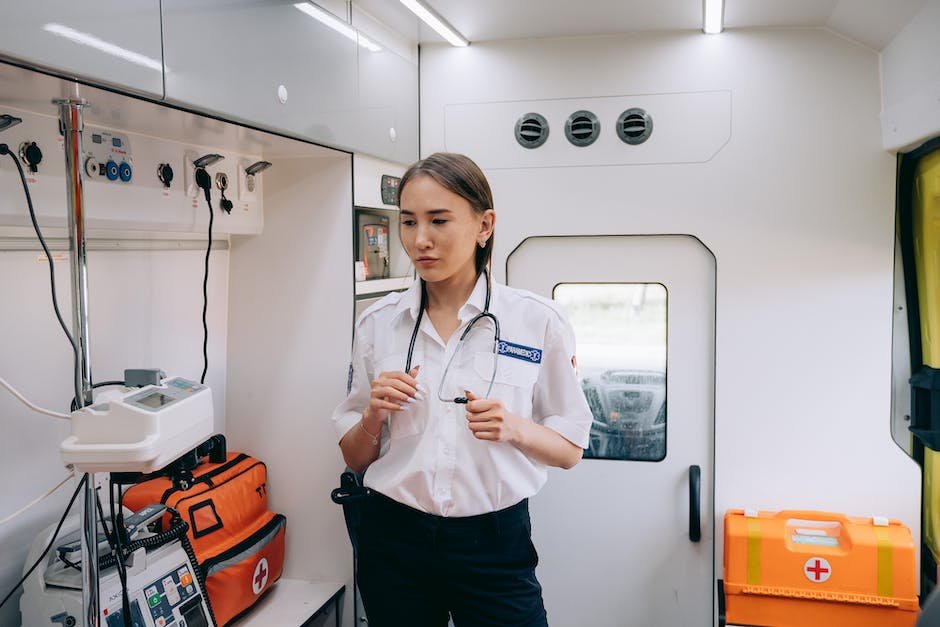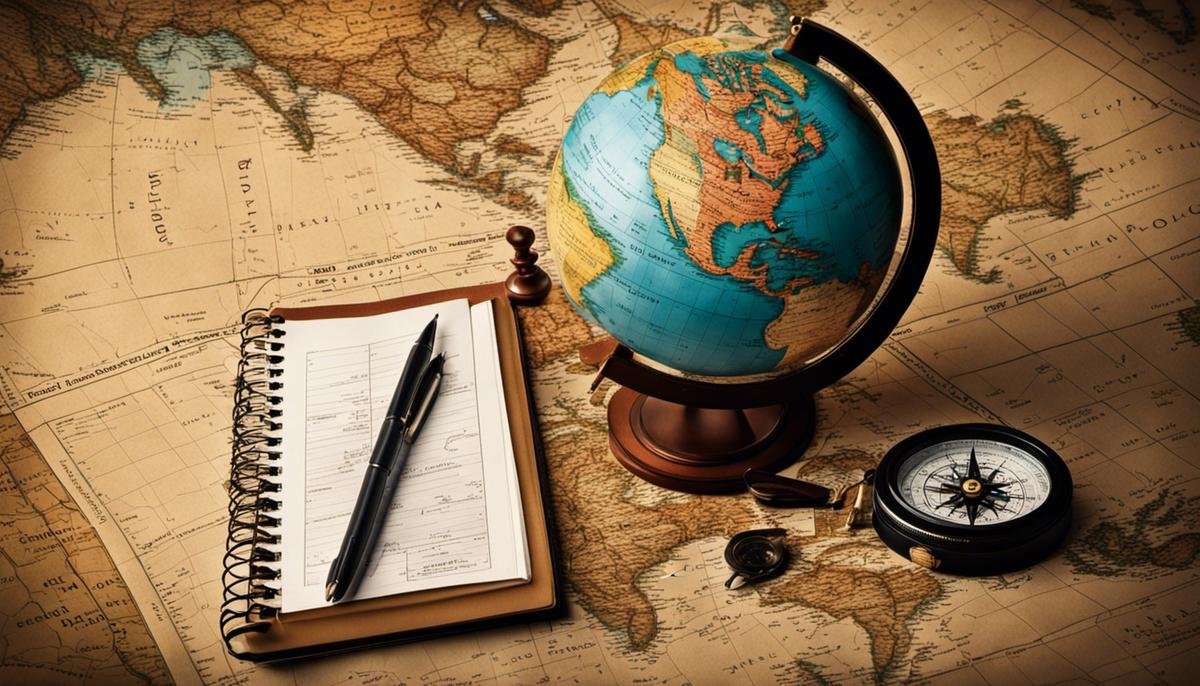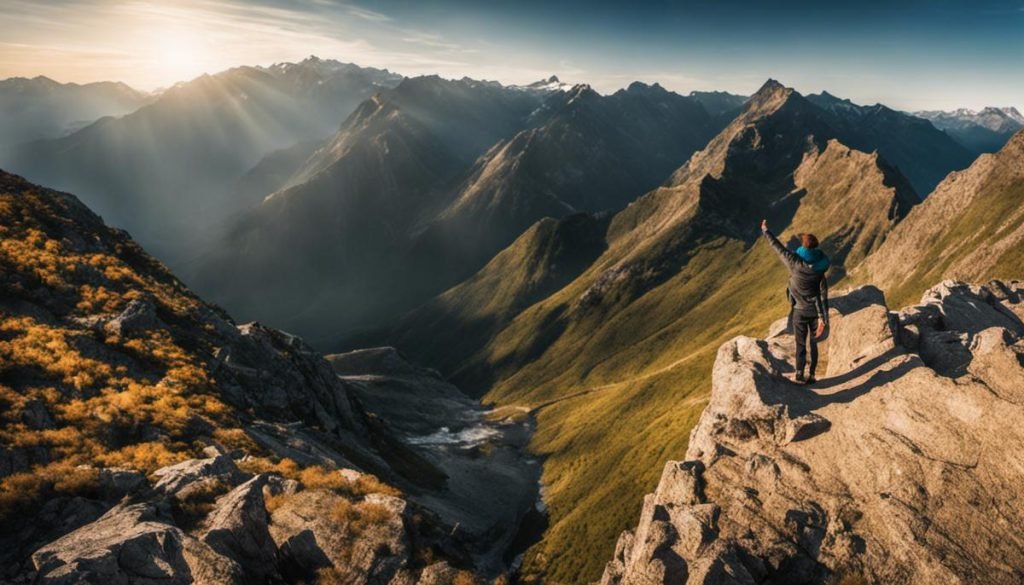Embarking on a solo adventure, armed with nothing but a thirst for new experiences and a well-packed suitcase, is an exhilarating experience unlike any other. However, the key to a successful solo trip is in careful and informed preparation. This involves not only choosing the right destination that syncs with your interests and budget but also sightseeing planning through a balanced itinerary. Knowing what to expect in terms of customs and laws beforehand can make your journey smoother and more enjoyable. Similarly, understanding the ins and outs of travel and accommodation booking can save you unnecessary costs and disruptions. Equally important is the foresight to prepare for emergencies, and becoming aware of the possible pitfalls that may occur.
Choosing Your Destination and Creating an Itinerary
Choosing Your Destination
Planning a solo trip entails several critical decisions, with the selection of an ideal location being paramount. Start by deciding what you want from the trip. Are you looking for adventure, relaxation, or a bit of both? This will help narrow down the types of destinations that align with your interests.
Safety should be a top priority when traveling alone. Favor destinations known for welcoming solo travelers and having low crime rates. Online travel resources and forums can provide insights into other travelers’ experiences and recommendations. Check the U.S. Department of State’s travel advisories page for the latest safety ratings and potential travel warnings.
Your budget is another determining factor. Certain destinations may seem attractive but could be financially straining. Realistically assess your financial resources and compare them to the cost of living in your potential locations. Include in your calculation accommodations, food, transportation, attractions, and unexpected expenses. Some tools online can offer specific travel budget analysis.
Research on local customs, traditions, and laws is crucial too. Knowing these can help you avoid any misunderstandings or mishaps, respect the local culture, and enrich your travels. It’s essential to respect and adhere to local norms and regulations to enhance your own experience and that of other future travelers.
Creating an Itinerary
Once you’ve settled on your destination, begin planning your itinerary. Again, consider what you want to get from your trip. If it’s relaxation, don’t overpack your schedule with activities. If it’s adventure, research what specific adventures each location offers – hiking, white-water rafting, wildlife spotting – and fit them logically into your plan.
Use travel blogs, trip planning websites, guidebooks, and local tourism websites as resources. These can give you insights on popular and hidden-gem attractions, ideal visit durations, and commuting times.
Remember to schedule downtime. Traveling can be tiring, and every schedule needs some buffer. It’s particularly important when you’re traveling alone to prioritize self-care and rest. Incorporate a balance between activity and rest days, or maybe a few low-key afternoons.
Factor in travel time within the city or between destinations too, such as to/from your accommodation, meal times, travel to different attractions, etc.
While having a plan is useful, don’t be afraid to be flexible depending on your mood, weather changes, or unexpected opportunities that might arise. Having room for spontaneity can make your solo trip even more exciting and memorable.
Finally, backup your itinerary. Leave a copy with a trusted friend or family member, save it in your email or cloud storage as a safety measure. On a solo trip, such precautions can be a safety net in case of emergencies.

Booking Travel and Accommodations
Step 1: Decide on Your Destination and Duration
The first step in planning a solo trip is deciding where you want to go and how long you want to stay. Assess your interests and preferences, research destinations, and be realistic about your budget and time constraints. Once you’ve determined these factors, identify the best time to visit your chosen location based on weather, crowds, and cost.
Step 2: Research Flights and Travel
Next, start researching flights and/or other modes of travel that will get you to your destination. Utilize various price comparison websites and airline sites to get an idea of the cost. Make sure to check flights from multiple airports if possible and play around with the dates to see how fares fluctuate. Flexibility with your travel dates can often result in better deals. If you’re traveling internationally, also consider if visas or any travel advisories are in effect.
Step 3: Book Your Travel
Once you’ve researched and determined the best mode of transportation and fares, go ahead and book your travel. Pay attention to layover times, departure and arrival times, and the airline’s policy on luggage. Recheck the cancellation or change fees before buying tickets. In case of long journeys, consider your comfort, the reliability of the airline, and the safety measures they have in place.
Step 4: Explore Accommodation Options
The next step is to explore your accommodation options. There are a multitude of platforms available to research accommodations in your destination of choice. These include hotels, hostels, bed and breakfasts, or rental properties such as Airbnb. Look at the location in relation to the sights and attractions you want to visit, and make sure to read reviews for a better understanding of what to expect.
Step 5: Book Your Accommodation
Once you have found the accommodation that fits your budget and location preference, go ahead and book it. Look for flexibility in terms of cancellation or change of dates. Similar to booking travel, cross-check with different platforms to ensure you are getting the best deal.
Step 6: Consider Safety
Safety is crucial when traveling solo. Research about the safety of the area where you are booking your accommodation. You can do this by reading reviews or using online resources to check crime statistics. Also, consider using traveler forums to get up-to-date information from other travelers who have recently been to your destination.
Step 7: Plan Your Itinerary
Lasty, start planning your itinerary. Research the local sights, attractions, and activities that you’re interested in. Also, research local customs, dress, and behaviors you should adopt. Having a balanced itinerary will help ensure that you can see and do everything you want, while also leaving room for rest and unexpected adventures. Don’t forget to leave some wiggle room for spontaneous activities or unforeseen changes to your plans.
By following these steps, you can effectively plan and book your solo trip, ensuring that you get the best deals and secure reliable transportation and accommodations.

Preparing for Emergencies
Health Emergencies: Be Prepared, Not Scared
A health emergency can occur anytime and anywhere. Regardless of the nature of the trip, it is critical to always take precautions for potential health emergencies. Prior to your trip, research extensively about the health care system of your destination: their quality of health care, availability of medical services, and more. This information can be key during emergencies.
Organizing Health Information
Make sure to bring necessary health information with you. This includes your health insurance ID card, a list of any medications you are currently taking, and any crucial medical records. Having these documents at your disposal can accelerate medical treatment procedures and provide doctors with necessary information about your health. Remember to carry contact details of your primary care physician as well.
Vaccinations and Medications
Depending on your destination, vaccinations might be necessary. Various travel destinations have specific health-related risks and require certain precautions. Research and consult with your doctor before leaving to assure you receive the recommended vaccines or prophylactic medications for the specific location.
Travel Insurance: A Wise Precaution
Many people overlook the importance of travel insurance, but it is a necessity, especially when traveling alone. Travel insurance typically covers medical emergencies, trip cancellation, lost luggage, and other unpredictable events during travel. Companies like Travelex, World Nomads, or AIG Travel Guard offer comprehensive coverage that cater to different needs of solo travelers.
Building Your Travel First Aid Kit
Never underestimate the importance of a basic first aid kit during travel. Include bandages, antiseptic wipes, medication for diarrhea or upset stomach, pain relievers, and any prescription medications. Remember to bring copies of your prescriptions, in case of loss.
Emergency Contact Information
It is crucial to have a list of emergency contact information with you. This list should include numbers for the local police, ambulance, and embassy or consulate of your home country. Also, provide a copy of this list to a family member or trustworthy contact at home to ensure someone else knows about your travel plans.
Protecting Your Important Documents
Keep hard-copy backups and digital scans of important documents, especially your passport, in different locations. A simple solution for losing a passport is to carry a photocopy. If your passport gets lost or stolen, this backup can help facilitate the replacement process. Moreover, keep your birth certificate, driver’s license, health insurance card, and other identification documents handy. Store them in secure cloud storage like Dropbox or Google Drive for easy access during emergencies.
Setting Up a Local Support System
In your planning process, consider reaching out to local communities, organizations, or connections in your destination area. Familiarize with your local embassy location, the neighbourhood of stay, and other important places. These can provide an on-ground support should any emergencies arise.
Remember, the key to successfully handling an emergency is preparation. By taking these precautions, you are ensuring that you will be able to handle any unexpected situations that might occur during your travels.

We’ve delved into the essentials of crafting the perfect solo trip, reinforcing the idea that the joy of travel is equal parts anticipation, live experience, and retrospection. A well-chosen destination triggers the initial excitement and sets the tone for your journey. An intelligently planned itinerary ensures efficient use of your time and energy, giving you the best of both rest and exploration. Savvy dealings with travel and accommodation bookings can ensure a hassle-free journey that’s light on the pocket. Lastly but very crucially, being prepared for emergencies, with everything from travel insurance to a first aid kit, affords you peace of mind to fully immerse in the sights, sounds, and experiences of your adventure. Remember, every successful trip is the love child of spontaneity and good planning. Safe travels!
Writio: Your AI content creator. This article was written by Writio.




